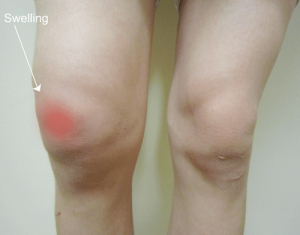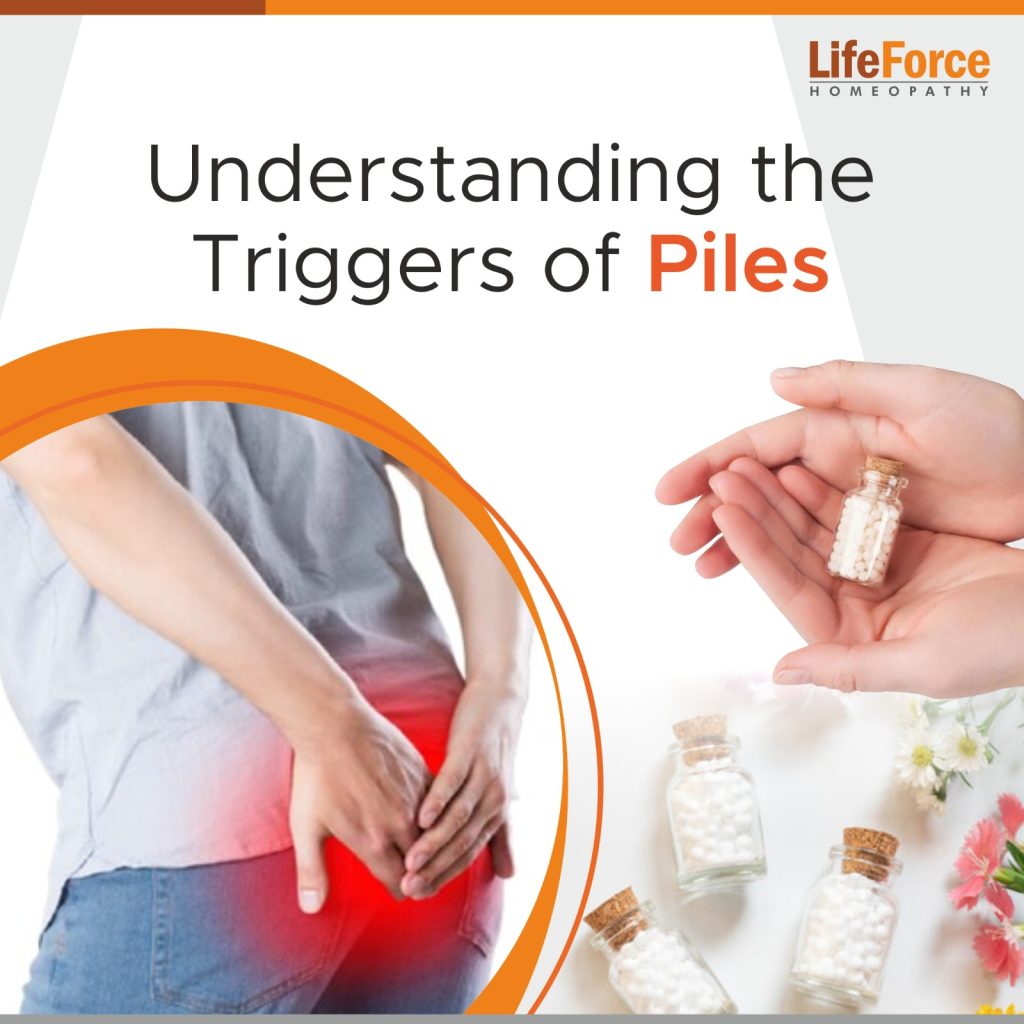 What Is a Baker’s Cyst:
What Is a Baker’s Cyst:
Baker’s cyst is a fluid filled cyst that develops in the space at the back of knee joint. It develops as a result of excess secretion of the lubricating fluid in joint cavity. This is usually in turn as a result of inflammatory process seen in arthritis in knee joint.
How Is Baker’s Cyst Formed:
Knee arthritis is a disease characterized by inflammation of the knee joint. Excess secretion of synovial fluid (lubricating fluid found in the cavity of knee joint) is seen as a result of inflammatory changes in knee arthritis. This excess fluid gets compressed inside a joint space. This fluid eventually finds its way into a small space at the back of the knee joint between two muscles.
Baker’s Cyst is not a true cyst but just a bulge visible at the back of knee joint which looks like a cyst. Internally the baker’s cyst is lined by synovial membrane – a membrane which internally lines the knee joint cavity and secretes a lubricating synovial fluid. Often a small channel of communication between this bulge and the joint cavity is intact, and the cyst is not totally disconnected from joint space.
Apart from arthritis in knee, a tear in a tissue called the cartilage may also give rise to inflammation, excess fluid production and baker’s cyst formation in the knee joint.
Signs and symptoms due to baker’s cyst:
There is a visible swelling or bulge at the back of the knee and most of the times this swelling is painless. Occasionally it can give rise to little stiffness, minor arthritis knee pain or difficulty in movement.
Investigations and diagnosis of Baker’s Cyst:
- Examination will reveal a swelling at the back of knee joint. On touching, your doctor can feel a cyst.
- Examination of knee joint will reveal signs and symptoms of arthritis in knee like effusion of synovial fluid in knee joint cavity.
- Cyst is most of the times painless and you do not feel any pain even on touching unless the cyst is ruptured. You may experience some pain on bending of knee joint, stiffness and limited mobility at knee joint.
- Excessive tenderness felt during physical examination of knee joint may indicate tear of the meniscus (tissue inside knee joint for cushioning).
- Ultrasonography: is helpful to locate the cyst
- Arthrogram: An injection of contrast dye into knee followed by imaging helps “see” the cyst.
- MRI: is done to locate the cyst as well as to rule out the tear in meniscus if any.
Treatment for baker’s cyst:
In most of the cases there is no need of treatment unless the cyst causes arthritis knee pain, stiffness or reduced mobility of a joint.
Treatment is directed mainly towards underlying problem causing the cyst. If the cause is arthritis, doctor will start the prompt treatment to reduce inflammation associated with arthritis, which will cause the cyst to resolve automatically.
Arthroscopic Surgery: In case of injury to meniscus, arthroscopic surgery would be required to correct the tear. During this surgeon might also remove excess of synovial membrane which forms the outer layer of baker’s cyst.
Aspiration of fluid: Fluid inside cyst is drained out with the help of needle and syringe
Homoeopathic Treatment for Baker’s Cyst:
Homoeopathy medicines for baker’s cyst will help take care of the symptoms depending on the underlying pathology and severity of disease. Your homoeopathic doctor will discuss with you what the scope for your individual baker’s cyst is. Homoeopathy can also help prevent the recurrence of frequent baker’s cyst which may happen after the fluid is drained out.
To know how Dr Rajesh Shah’s homoeopathic treatment for knee arthritis, knee pain and baker’s cyst can help you, do get in touch with our doctors at +91-22-66888888. Alternately you can visit us here at or write back to us at info@lifeforce.in. You can also leave us your contact number in the form below.

 What Is a Baker’s Cyst:
What Is a Baker’s Cyst:


